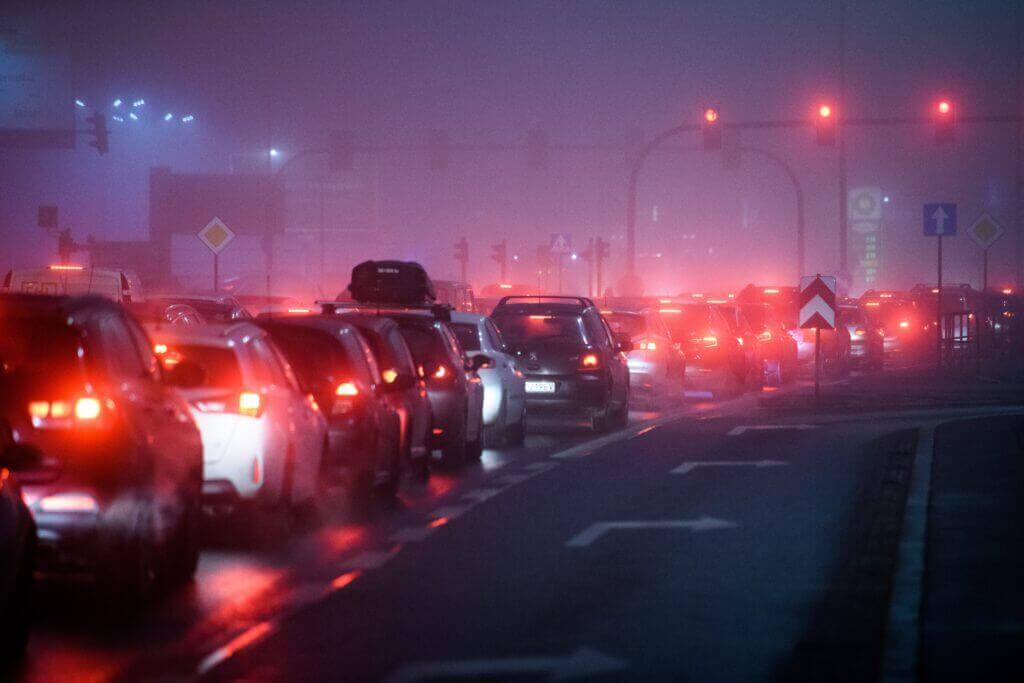
In Switzerland the costs of congestion have not yet been quantified. Yet these would be significant amounts.
Congested roads and trains cost the Swiss economy several billion Swiss francs annually. The Federal Office for Spatial Development (ARE) has now, for the first time, quantified the time lost on the roads and the comfort costs for public transport.
In the thick study, which was presented to the public on Tuesday and takes the traffic volume of the year 2019 as a basis, the experts tallied astonishing amounts.
Willingness to pay
Delays accumulated to nearly 200,000 hours every day on Swiss roads because cars and trucks were stuck in traffic jams or made slow progress, the ARE said in a statement.
That lost time translated to costs of around three billion francs per year, it added. The ARE calculates these delay costs on the road based on a comparison with the congestion-free travel time during the night.
The costs correspond to the willingness of road users to pay to avoid delays. Car and truck drivers would therefore be willing to pay around three billion Swiss francs in exchange for a guarantee that they would not have to put up with any delays in road traffic, the experts explained.
Main roads affected
Nine out of ten hours of the delays were caused by passenger cars. The rest is accounted for mainly by delivery trucks and heavy goods traffic.
Vehicles on main roads were at a standstill particularly frequently and for long periods. It was also reported that road users lost the most time on weekdays. A much smaller proportion is lost at weekends or on vacation trips. Just under 20 percent of time is lost at peak times, i.e. between 7 a.m. and 8 a.m. and between 5 p.m. and 6 p.m.
According to the study the average time-loss cost per vehicle kilometer – for vehicles that suffer time loss – is about 4.4 centimes for passenger cars, 5.9 centimes for vans and 6.6 centimes for heavy trucks. 1 centime equates very closely to 1 U.S. cent.
Millions of inconvenient hours
However, for the first time, the ARE also surveyed the loss of comfort in public transport caused by overcrowded trains, buses and streetcars during peak times. According to the survey, public transport users actually spent around 41 million person-hours in overcrowded carriages or buses.
According to the ARE experts, this corresponds to economic costs of around 27 million Swiss francs. This figure is how much transport users would be willing to pay in order to travel comfortably in less-congested means of transport.
Delays even more
Standing room was not even included in their analysis, but a means of transport was considered to be overcrowded when around 90 percent of the seating capacity was used up.
And because of the focus on overcrowding, no delay costs were quantified in public transport, since the majority of these are not due to overcrowding but represent quality losses. Nevertheless, delays would also have to be taken into account.
Conclusions important
The strategic development programs of the federal government for the railroad infrastructure, the national roads and for the agglomeration traffic actually aim at improving the transport system and reducing delays.
Now those responsible at least know what certain improvements to the infrastructure would be worth to those affected, and in this sense close a knowledge gap.
04.10.2022/kut./ena.





